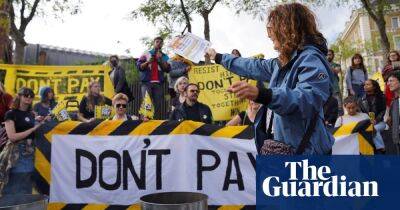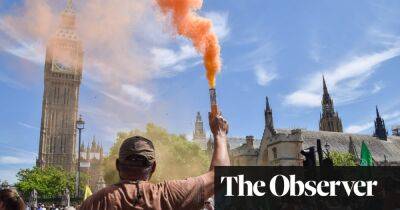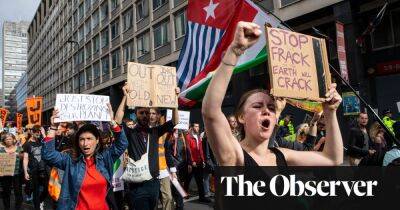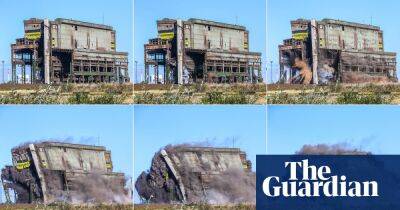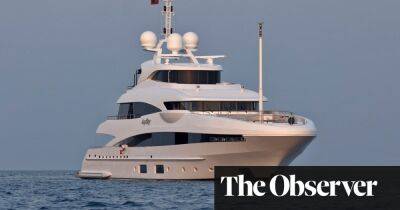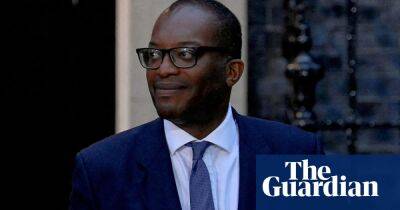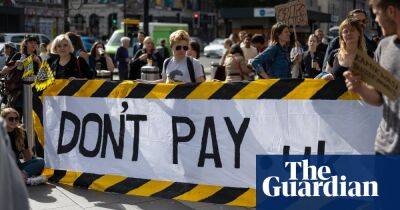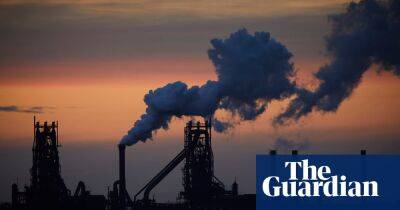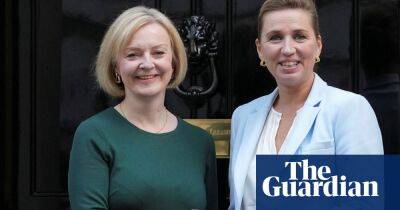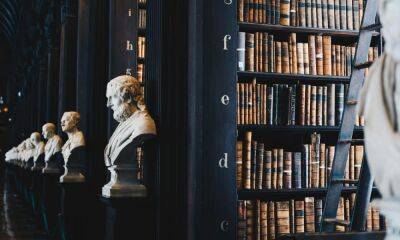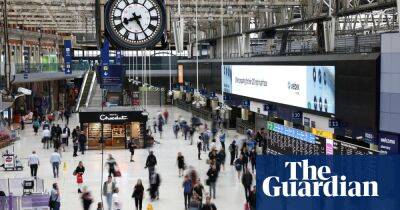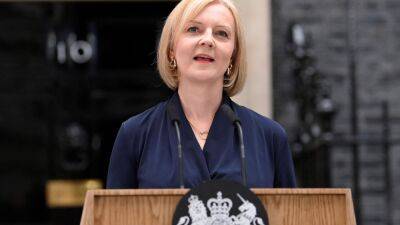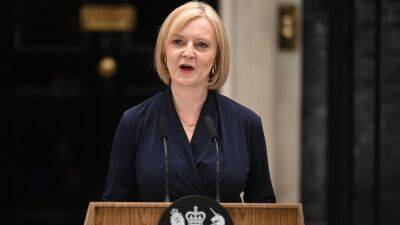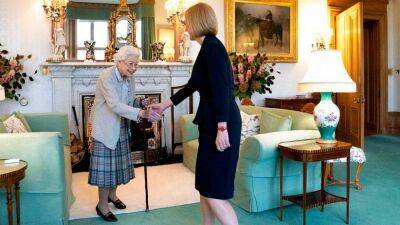Liz Truss can learn from the progress of second Elizabethan age, not its failures
When Queen Elizabeth II came to the throne, Britain was financially exhausted, rationing still in place and inflation high after the second world war. Then – as is now, after her death on Thursday – concerns over living costs were at the forefront.
Over the course of the second Elizabethan age, the country has grown more prosperous, healthier and socially liberal. Real gross domestic product per person is almost four times larger than at her accession in February 1952, having been kickstarted in the first two decades of her reign by a golden age of economic growth.
This unprecedented period of rising living standards, however, has not always been smooth and wasn’t always equal. For billions around the world there were costs from the way Britain withdrew from empire, alongside profound changes at home, in 70 years of change up to our current economic rough patch.
In her seven decades on the throne the Queen saw five recessions and 15 prime ministers, with the toughest spell for the economy coming in her final years with the 2008 financial crisis, the Covid-19 pandemic and the energy shock amid Russia’s war in Ukraine.
After the white heat of technological revolution heralded by Harold Wilson in the 1960s, growth fizzled out with the oil price shock, strikes and inflation of the 1970s. Inequality soared in the 1980s as central banks stamped out inflation with sky-high interest rates, while whole communities were hollowed out by the dismantling of industry.
Early in the Queen’s reign the economy was geared far more to heavy industry, with national champions, publicly owned industries, and a welfare state in its nascent years. It was a coal-based economy still, reflected in the Great Smog of London in December 1952 only months
Read more on theguardian.com
